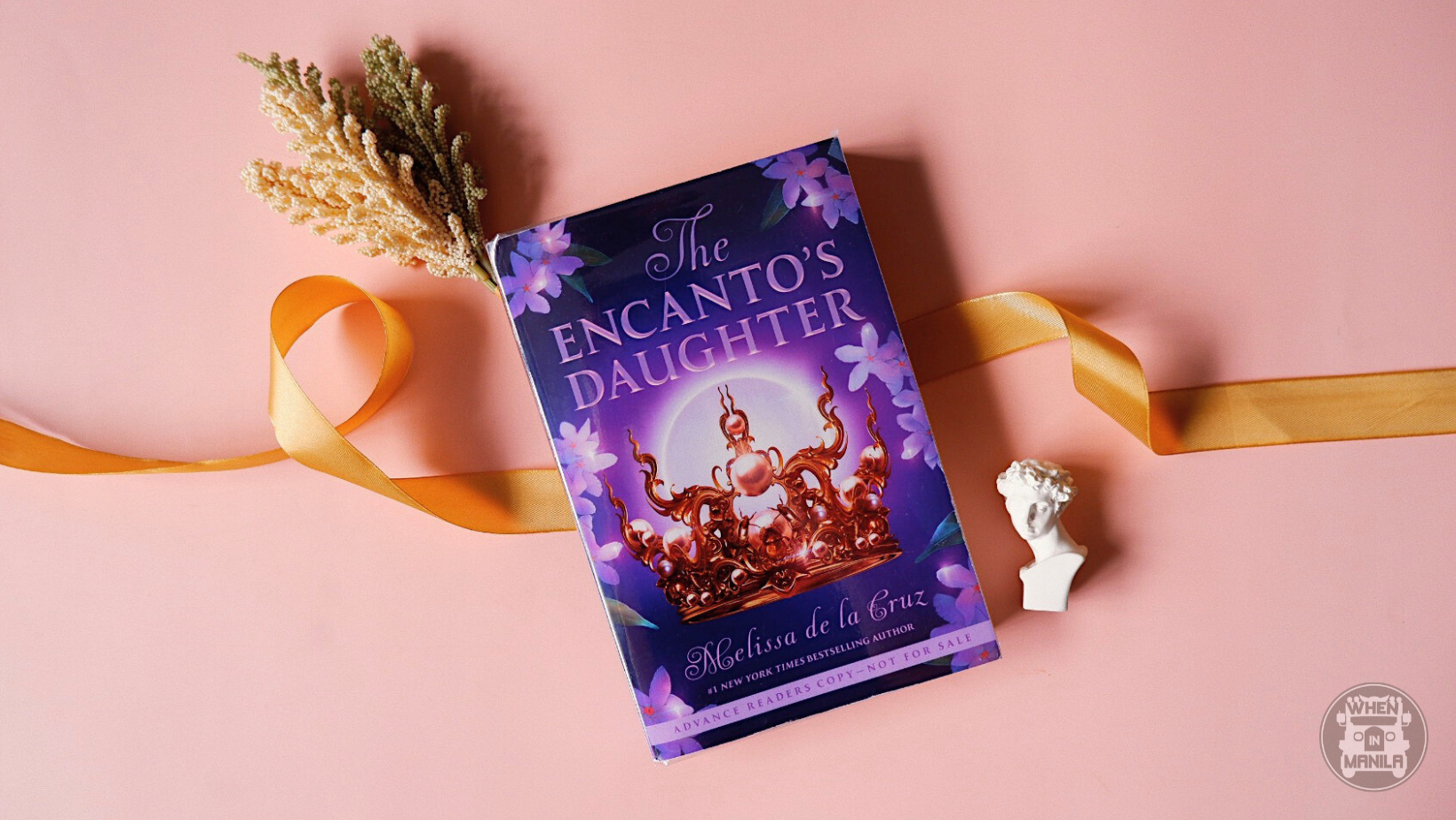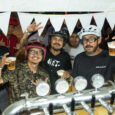Imagine a magic school with subjects like Pagkahari at Paggalang and Hayop at Halaman, clothes like terno, Barong, and malong, and food like empanada, pancit, and champorado. Picture this world filled with creatures like encanto, nuno, sigbin, and mambabarang.
This is the world that Melissa de la Cruz dreams up in her latest young adult (YA) romantasy novel, The Encanto’s Daughter.
The novel begins in the human world, where a young girl named MJ Rodriguez has spent years hiding. She has a heavy secret: she’s half-encanto and the only child of King Vivencio of the Sirena Court in Biringan.
Biringan spirals into disarray as King Vivencio dies. MJ must claim her place as rightful heir but must win over a backstabbing council that objects to a half-human ruler. There’s also the possibility that her father passed away due to an ancient curse. MJ forges an unlikely alliance with Sir Lucas of the feared Sigbin Court, and she soon loses her heart to the mysterious knight.
View this post on Instagram
The Encanto’s Daughter is like your favorite YA series, except it embraces the beauty and uniqueness of Filipino mythology. This seems to be a relatively new thing, at least outside the Philippines.
When we interviewed Thea Guanzon, the author of The Hurricane Wars, she talked about how the first draft of her book was based on Western fantasy tropes, which is what she, and many of us, grew up reading. Her editor suggested that Guanzon set the story in Southeast Asia.
Guanzon said, “It was like a light bulb went off in my head. I was thinking, ‘I didn’t know it was allowed to do that.’ Afterward, that was when the world in The Hurricane Wars took off.”
De la Cruz had a similar thought when writing The Encanto’s Daughter. The advance readers’ copy (which contains uncorrected text) had a letter from the author. She wrote, “Writing and imbuing this fairy tale with Filipino myth and sensibility, I felt an enormous amount of liberation—’This is allowed?!'”
The Encanto’s Daughter is much better for it, as these elements make the book fun for Filipinos. It was endearing to see that even in the magical version of the Philippines, food plays an important role, especially merienda.
View this post on Instagram
What’s commendable about The Encanto’s Daughter is how de la Cruz presents the Filipino elements. It targets a global audience, as Putnam, an imprint of Penguin Random House in the USA, published it. This makes it challenging to write a story deeply rooted in Filipino myth and culture, as the writer would need to explain what a sigbin and pancit are.
De la Cruz, a #1 New York Times bestselling author, showcases her talent by not dragging the story down with lengthy explanations. The Encanto’s Daughter keeps its fast pace by relying on context clues. Authors who want to write about local myths for an international audience must take notes.
There can always be more books about Filipino myths. The Encanto’s Daughter is an excellent representative of our culture outside the Philippines, and we look forward to the sequel.
The Encanto’s Daughter is available to purchase at Fully Booked and National Book Store.
What do you think? Share your thoughts below!
Do you have a story for the WhenInManila.com Team? Email us at story.wheninmanila@gmail.com or send us a direct message at WhenInManila.com Facebook Page. Interact with the team and join the WhenInManila.com Community at WIM Squad. Join our Viber group to be updated with the latest news!





